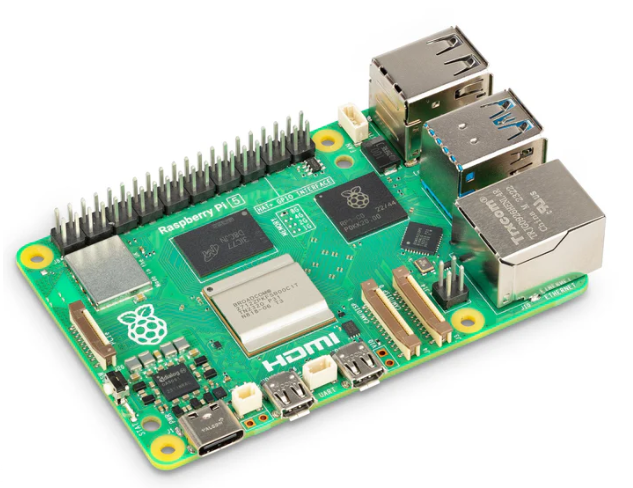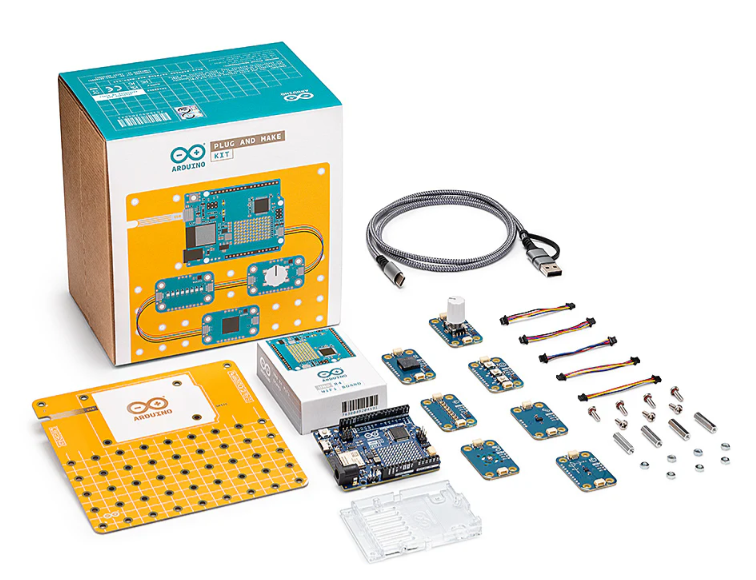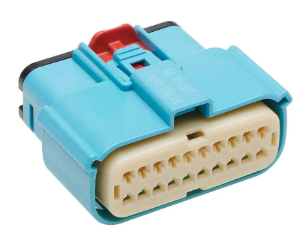Lux Research Inc.
- 234 Congress Street
5th Floor
Boston
MA
02110
United States of America - +1(617)502-5300
- http://www.luxresearchinc.com
Lux Research Inc. Articles
Wearables & bioelectronics need better energy storage
According to Lux Research, wearable, implantable and other medical devices are creating energy demands and design requirements beyond conventional batteries. Existing battery solutions barely satisfy the demands for increased functionality and power in existing medical devices and may have slowed the shift toward personalised health care in many areas of medicine.
MIT’s MultiFab challenges current 3D printers
MIT’s Computational Fabrication Group recently announced the MultiFab, a low-cost 3D printer that can combine up to 10 different resins in one part and also includes a 3D scanning system to identify and fix errors during production. According to Lux Research, these capabilities are rare in commercial 3D printers today due to the manufacturers’ need to maintain high margins on materials supply and service contracts.
Panasonic leads EV batteries with 39% market share
According to Lux Research, Panasonic is currently the runaway leader in the nascent battery market for EVs, but LG Chem has the potential to overtake it in what will be a $30bn market in 2020.
Distributed generation drives solar innovation
According to Lux Research, high-efficiency silicon technologies are the next wave of solar innovation, raising module efficiencies as high as 24% over the next five years. These technologies will boost the ability of distributed generation – mainly on residential and commercial roofs – to compete with big utility-scale solar farms.
Microfluidics in health care to reach nearly $4bn by 2020
Microfluidics can offer portable, cheap, single-use devices that replace centralised laboratory equipment in health care facilities and open new point-of-care diagnostic opportunities. Driven by in-vitro diagnostics and robust demand in developing nations as the technology advances and medicine grows more personalised, the overall health care market for microfluidics will swell to nearly $4bn in 2020, growing at a CAGR of 13%, according to Lux Re...
Coatings get smart
While coatings today provide protection and other static functionality, a new generation of technologies is making them smart, able to change in response to their environment. There's significant potential for this capability to impact industries from military and aerospace to medicine, according to Lux Research.
Wearable electronics patents growing at 40% annually
There have been 41,301 patents published on wearable electronics from 2010 through May 2015 and filings are growing at a CAGR of 40%. However, there are gaps in the portfolio, particularly with respect to flexible electronics, say Lux Research.
Feed the world with big data
Big data can be the most flexible tool for increasing the efficiency of food production through precision agriculture: a quantified approach to cultivation that uses sensing, input modulation and data analytics to enhance the efficiency of agriculture. Using it correctly will be essential to feeding the world’s growing population while also improving the environment, according to Lux Research.
Research highlights potential for integrated lighting to save $27bn
Integrated lighting technologies - those that combine daylighting with light sensing and controls - can achieve internal rates of return (IRR) of 24% and lead to gains of up to $27bn in lighting energy costs, according to Lux Research. Daylighting technologies deliver energy savings of between 90% and 95%, depending on weather conditions but have a high capex hurdle, with costs ranging from $10/m2 to $43/m2.
China’s energy storage market will be worth $8.7bn by 2025
Driven by environmental problems, a growing auto industry, and a policy push, China’s advanced energy storage market will be worth $8.7bn by 2025, more than quadrupling from the current $1.7bn, according to Lux Research.
Bio-based polymers have potential in agricultural markets
According to a report published by Lux Research, titled Comparing the Performance and Addressable Markets for Bio-based Polymers, bio-based polymers can displace incumbent petroleum-based polymers in a market exceeding $100bn. The polymers face challenges, such as inferior mechanical properties and processability, that limit their potential in some high-volume automotive markets for example, however, their biodegradability can make them valuable ...
Li-ion batteries dominante grid storage
Li-ion batteries have become the dominant technology in grid storage, capturing a 90% share of systems proposed last year. Molten salt batteries still account for a majority of installations by energy capacity, because of NGK Insulators’ early lead. However, according to Lux Research, these batteries are no longer the technology of choice.
Lux Research acquires Energy Points
Lux Research has announced that it has acquired the assets of Energy Points, a provider of data and analytics that gives accurate and precise analysis of energy and resources. Headquartered in Boston, Energy Points helps large companies and government entities improve their resource efficiency through analysis of energy, water, fuels, and materials.
GaN & SiC power devices viable with targeted strategy, says report
Power electronics based on GaN and SiC have the potential to significantly improve efficiency. But since these materials are higher-cost, companies need market-specific strategies in order to succeed, as these Wide-BandGap (WBG) materials claim market share from silicon-based semiconductors, according to Lux Research.
Open standards will drive the industrial internet
According to a report published by Lux Research, open standards, innovative communications protocols and robust middleware will drive the industrial internet, creating new energy and resource efficiencies, particularly for smart buildings and smart factories.
Report warns higher tight oil recovery rates needed
With oil prices dipping to $50 per barrel, and new capital spending on upstream oil and gas expected to fall by nearly a third to $436m in 2015, the future health of tight oil producers depends on their ability to improve recovery, says a report recently published by analyst Lux Research. Tight oil is trapped deep underground, in low-permeability shale and sandstone rock layers.
BBMC capacity to reach 7.4m in 2018, predicts report
In its latest report, Lux Research has predicted that the capacity of emerging Bio-Based Materials and Chemicals (BBMC) technology will more than triple from 2008 to 2018, rising to 7.4m metric tons. Lux predicts that the United States and Brazil will drive capacity growth to nearly 3m tons in the Americas alone.
GaN-on-Si will be preferred GaN substrate for next 10 years, predicts research
According to Lux Research, GaN-on-Si wafer substrates will dominate the Gallium nitride (GaN) market for at least the next decade, growing to $1bn in 2024, a 90% share. GaN materials can create more efficient devices for electric power conversion in devices from cell phone chargers to HEVs, leading to a $1.1bn market for GaN discrete components in 2024.
Distributed manufacturing 'revolutionary,' but needs to source funding, finds report
Local, small-scale, rapid design and production, called Distributed manufacturing (DM), comes from the ability to engineer and make few parts as cheaply as many, rather than the current model of high-volume, centralised manufacturing. However, it's not the answer for every product, and its impact will depend on economics and the demand for flexibility, according to Lux Research.
Large-scale stationary energy is key to a smarter power grid
According to Lux Research: large-scale stationary energy is key to a smarter power grid and for integration of intermittent renewables; Redox flow batteries are touted as an emerging option, but have been too expensive; and now, falling costs will carve out a 360MWh market in 2020, worth $190m.










